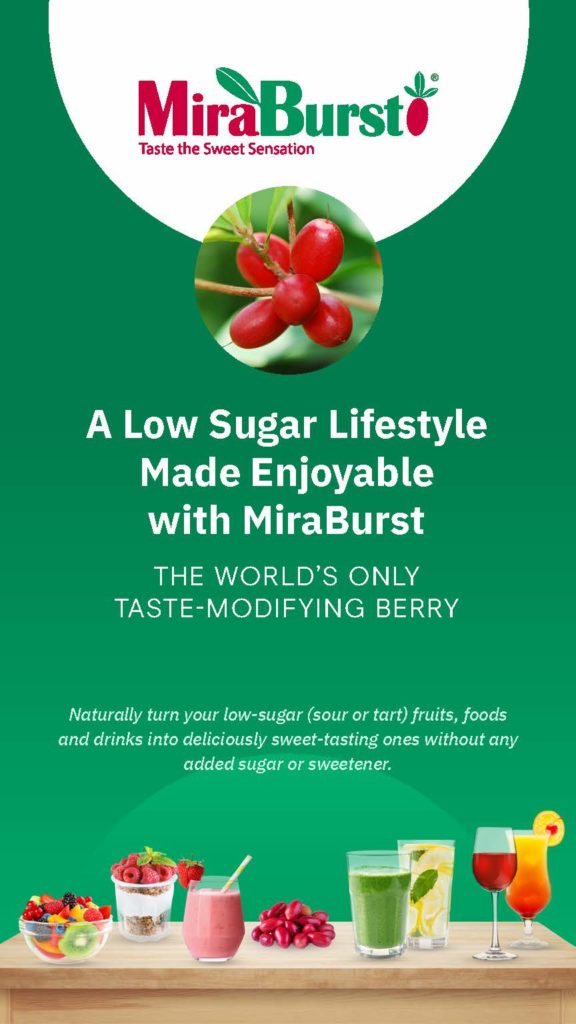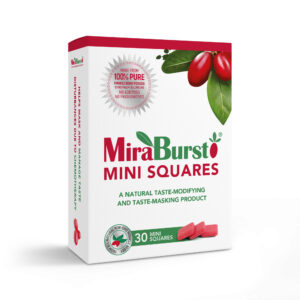
Miracle Berries and Fair Trade Practices in Ghana
Miracle berries were discovered by Westerners when a cartographer by the name of Chevalier des Marchais witnessed them being consumed by natives before their food. Native to West Africa, these berries have been eaten by Africans for generations. The berries that we sell at MiraBurst® continue to be cultivated by our farmer partners in Ghana in the area where they are native and in the most suitable environment possible.
Traditional Use of “Asaba”
Ghanaians call the miracle berries “Asaba” and have eaten them throughout history. They would be consumed before traditional foods like porridge which would thereby eliminate the need for sugar or any sweeteners. During the past few decades, Ghana farmers have offered their Asaba to us in fair trade agreements. Consequently, our miracle berries have been grown in the purest and most natural areas possible by these farmers who have appreciated the opportunities available to them in commercializing the fruit that they have utilized for centuries.
A New Appreciation
With its acceptance into mainstream Western culture, the Ghanaians have come to appreciate their Asaba anew for its health benefits as well as its flavor-enhancing properties. Dr. Kojo Cobba Essel wrote an article for Business Ghana earlier this year called “Asaba, the Miracle Berry; Sweet & Life-Saving” where he extolled the virtues of the miracle fruit and Ghana’s farmers who have embraced its commercialization. In his article, Dr. Essel listed the benefits that had “the potential to change the way health in the world and Ghana, in particular, is viewed”.
Dr. Essel wrote that Asaba had virtually disappeared from his radar until 2013 when he wrote that miracle fruit, or Asaba, had the potential to become a major export for Ghana. At that time, he had discovered that the Western world had recognized the potential of their tiny fruit. In his article, he itemized the benefits of the miracle fruit for:
- Weight control
- Diabetes management
- Taste management after chemotherapy
- Antioxidant properties
- Managing “illness in general” in the way it enhances the taste of other bitter medications
[mira-cta]
A Worldwide Problem
Diabetes has become a worldwide problem. In Ghana, approximately 4 million people live with this lifestyle disease. Not only is miracle fruit a viable export for Ghanaians, but it can make a vast difference in the lives of those who are dealing with this disease. In the article, Dr. Essel calls to other business leaders to join a campaign to make Asaba, or miracle fruit, a common product in their own shops and markets as well as throughout the world.
At MiraBurst®, we work with our farmer partners in order to bring the sweetest and most potent miracle berry products to our customers. As a fair trade business, we support local Ghanaian farmers with fair wages that in turn offer an improved quality of life for themselves and their families. Our customers can be proud to be part of this partnership in support of fair trade with these enterprising growers.



How much are the tablets and where can they be purchased???
Hello Haamid, please note we currently have the new MiraBurst Mini Squares available for pre-order starting at $18.95 for 10 Mini Squares. You can visit our Shop page to pre-order now: https://miraburst.com/product/freeze-dried-miracle-berry-mini-squares/
Hello, My name is Mark, Im from Ghana and would like to produce miracle berries for you. Please contact me on Whatsapp at +233 024 554 5413, or email at oseimark@gmail.com